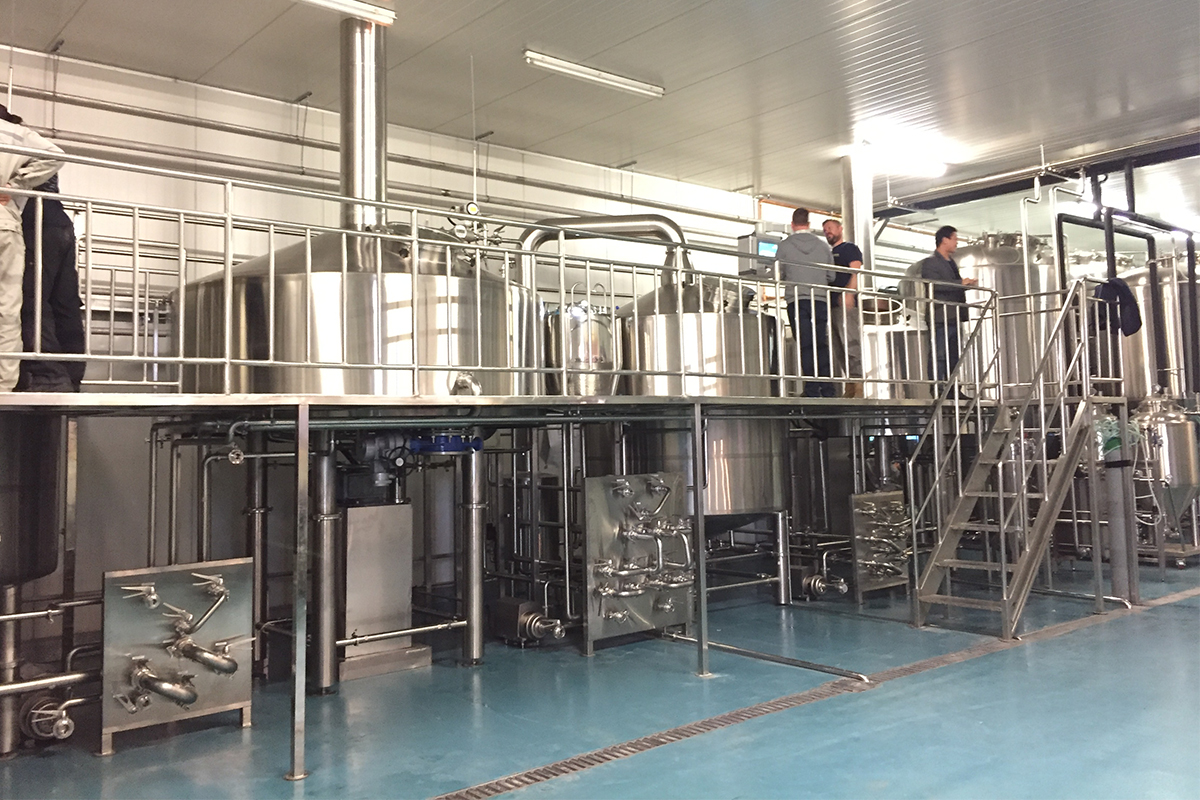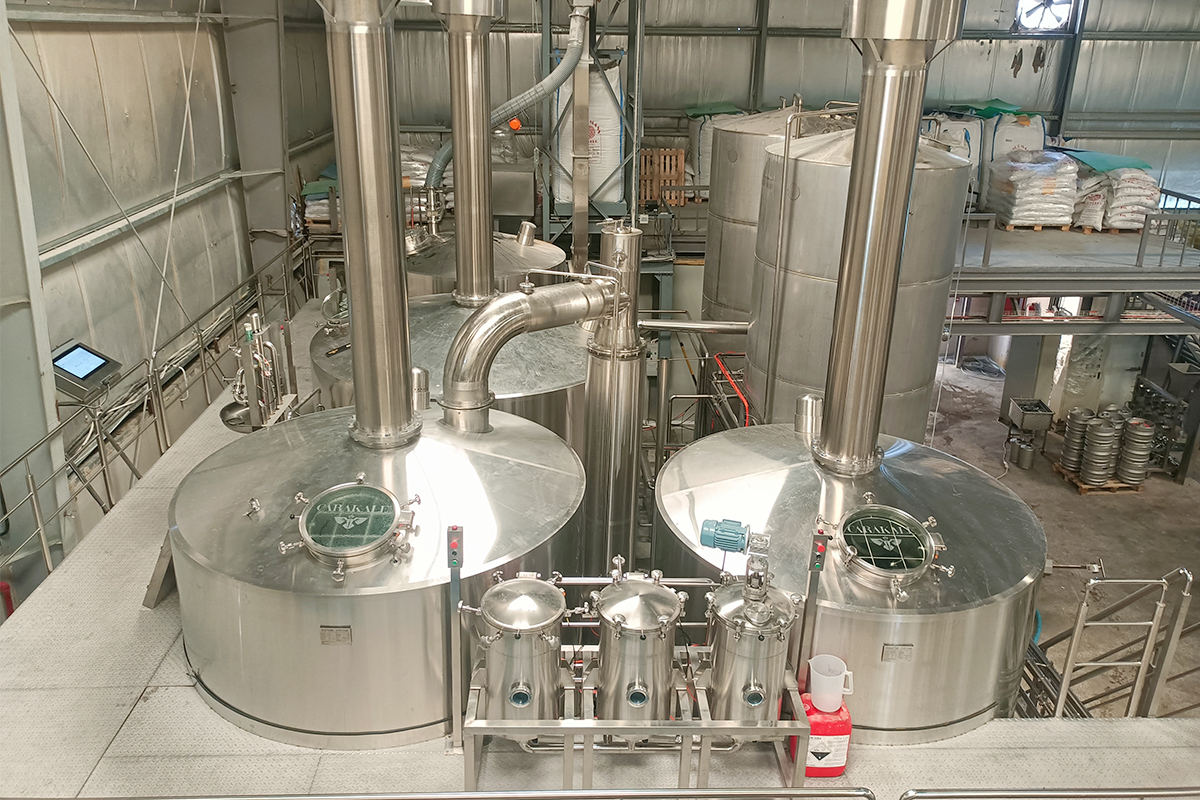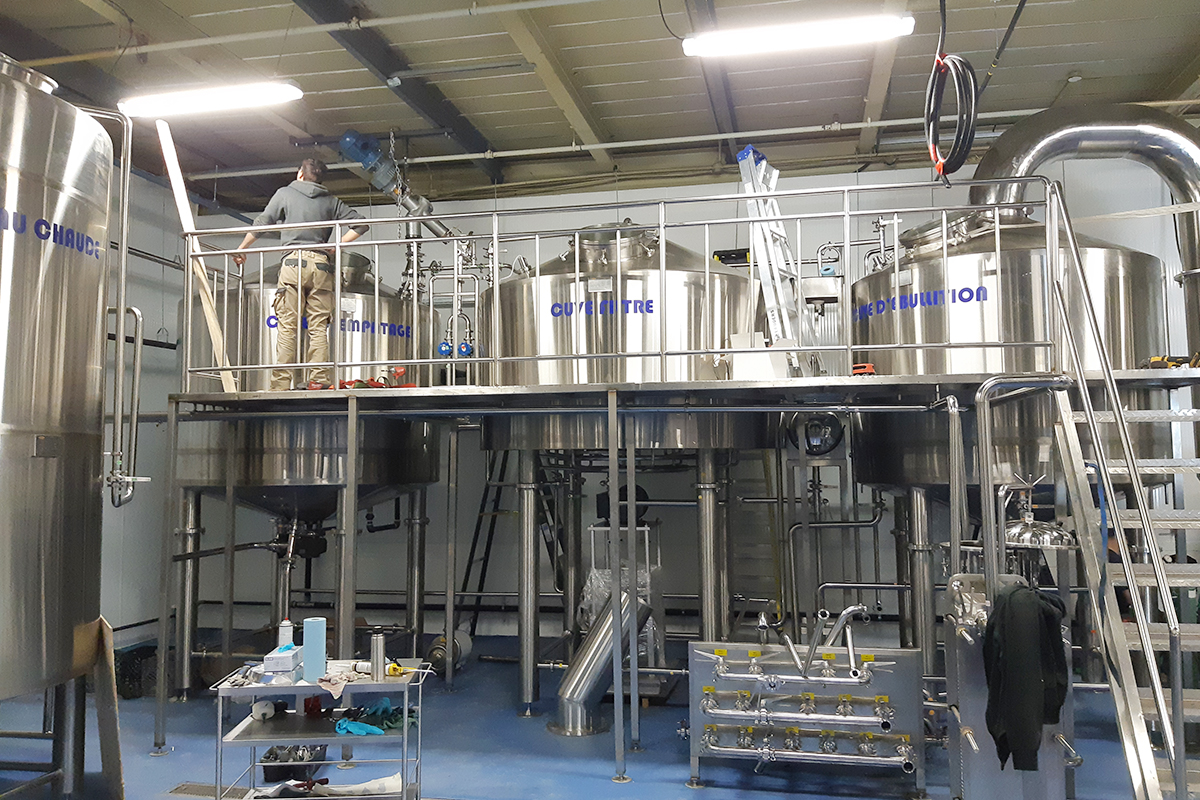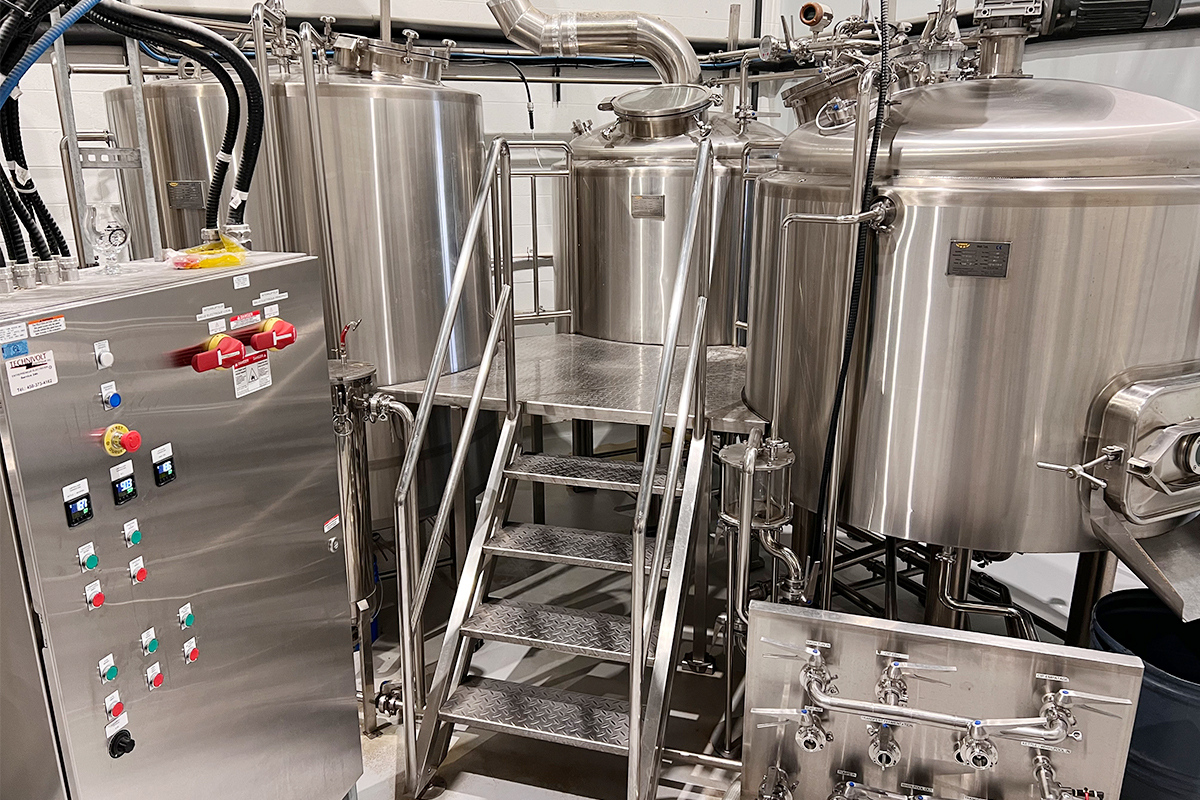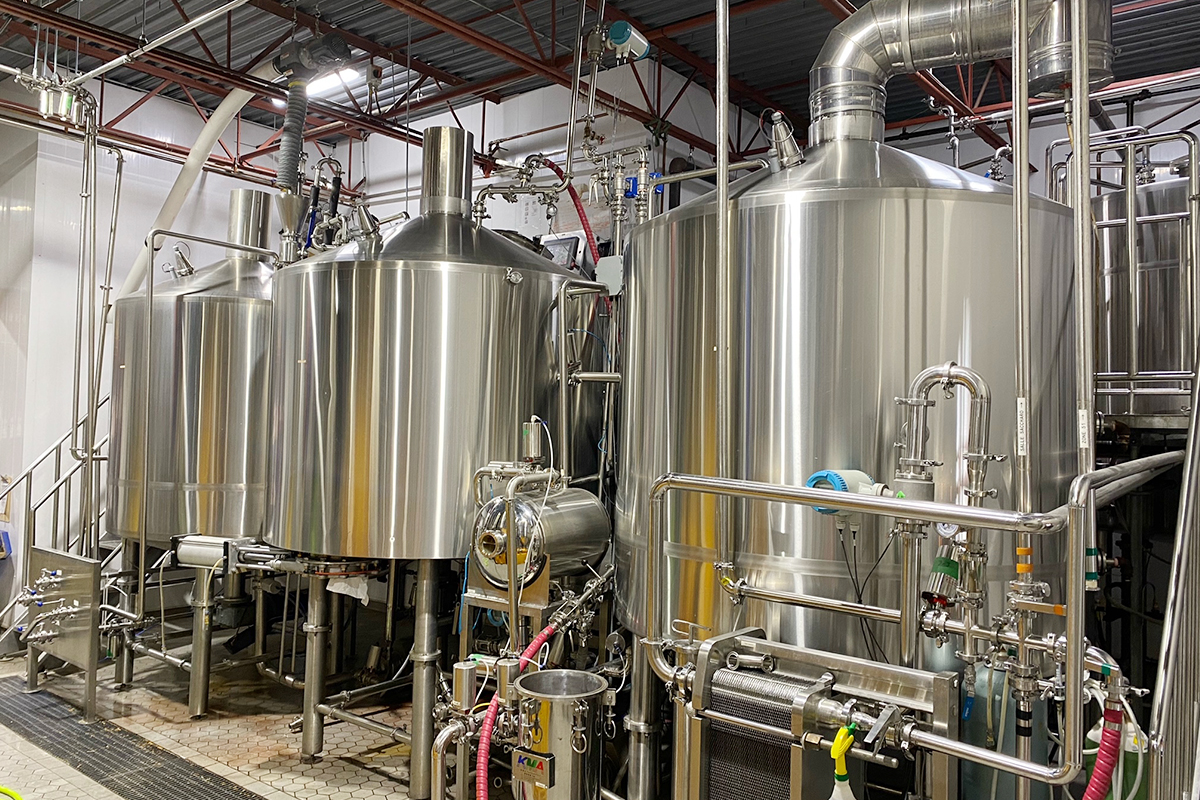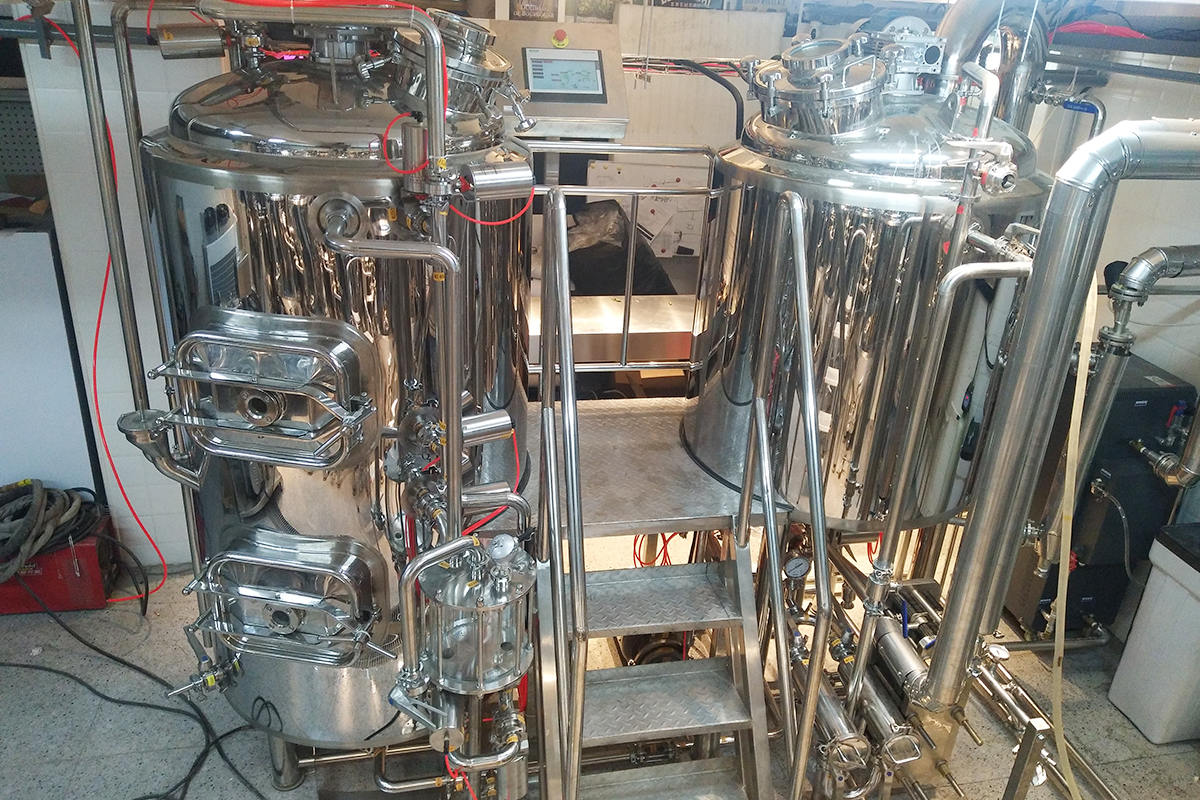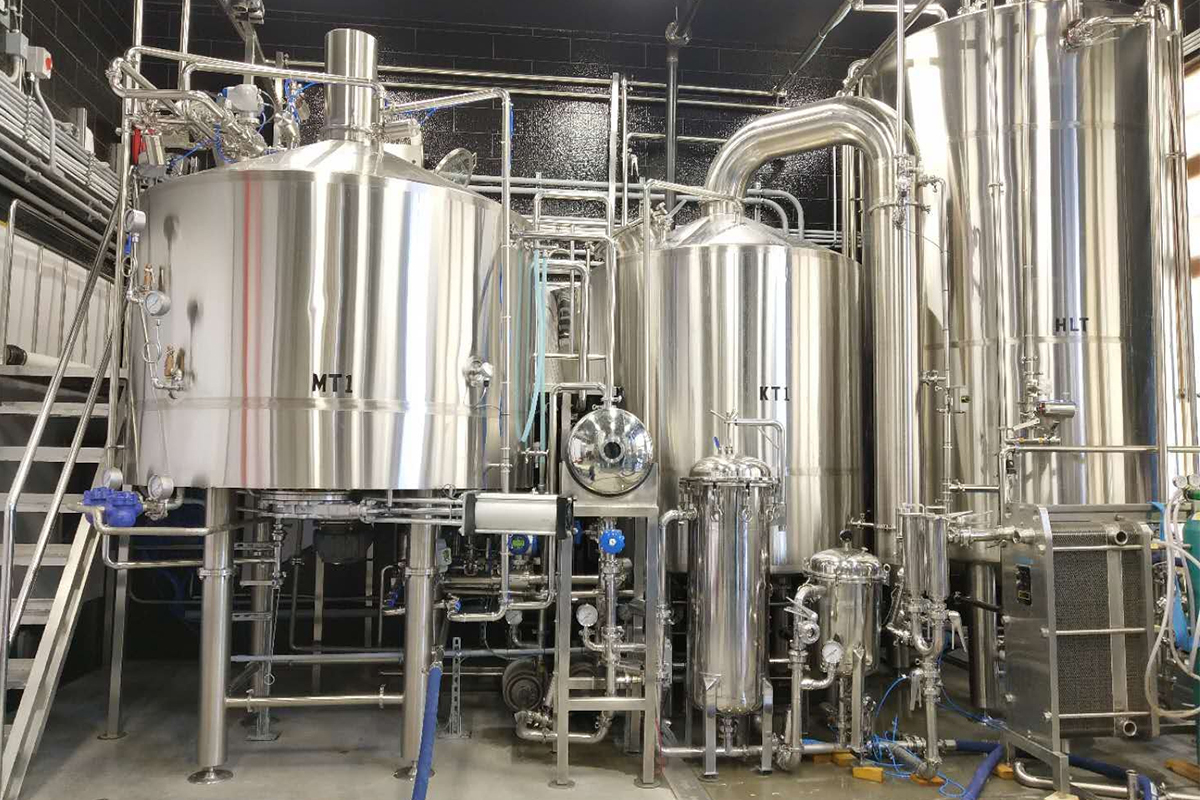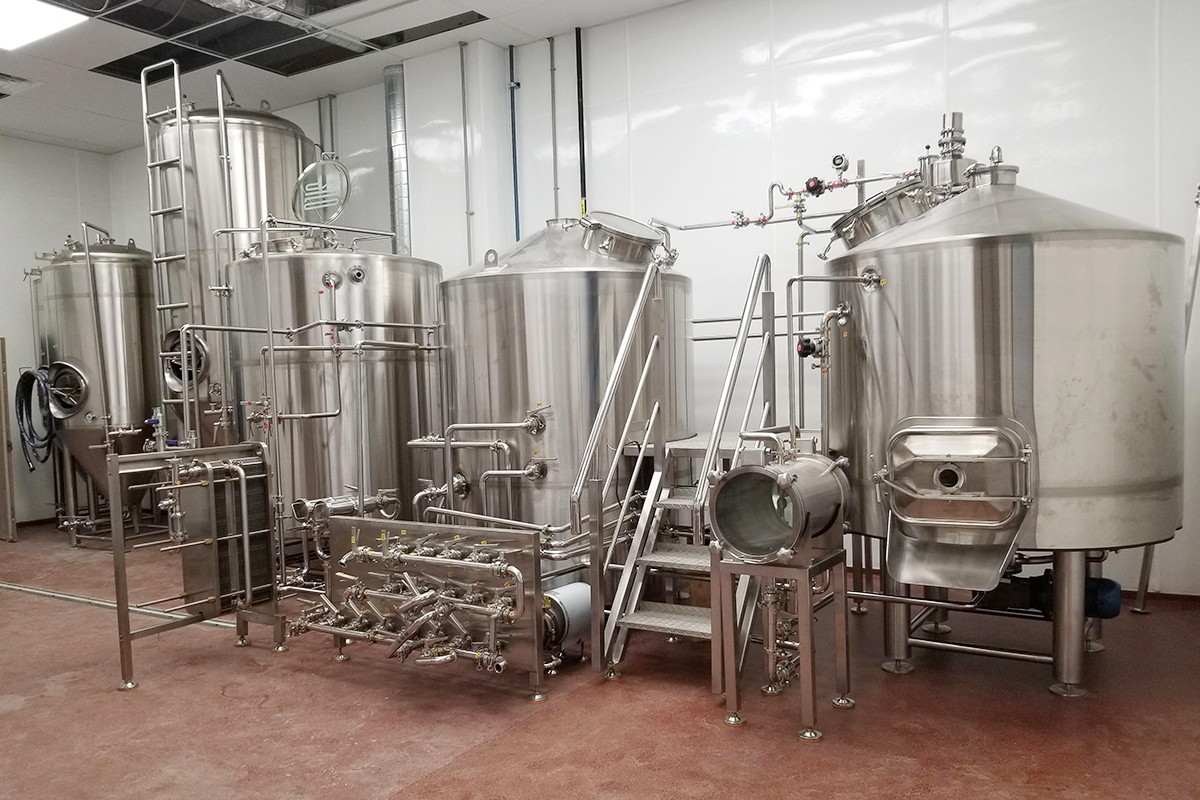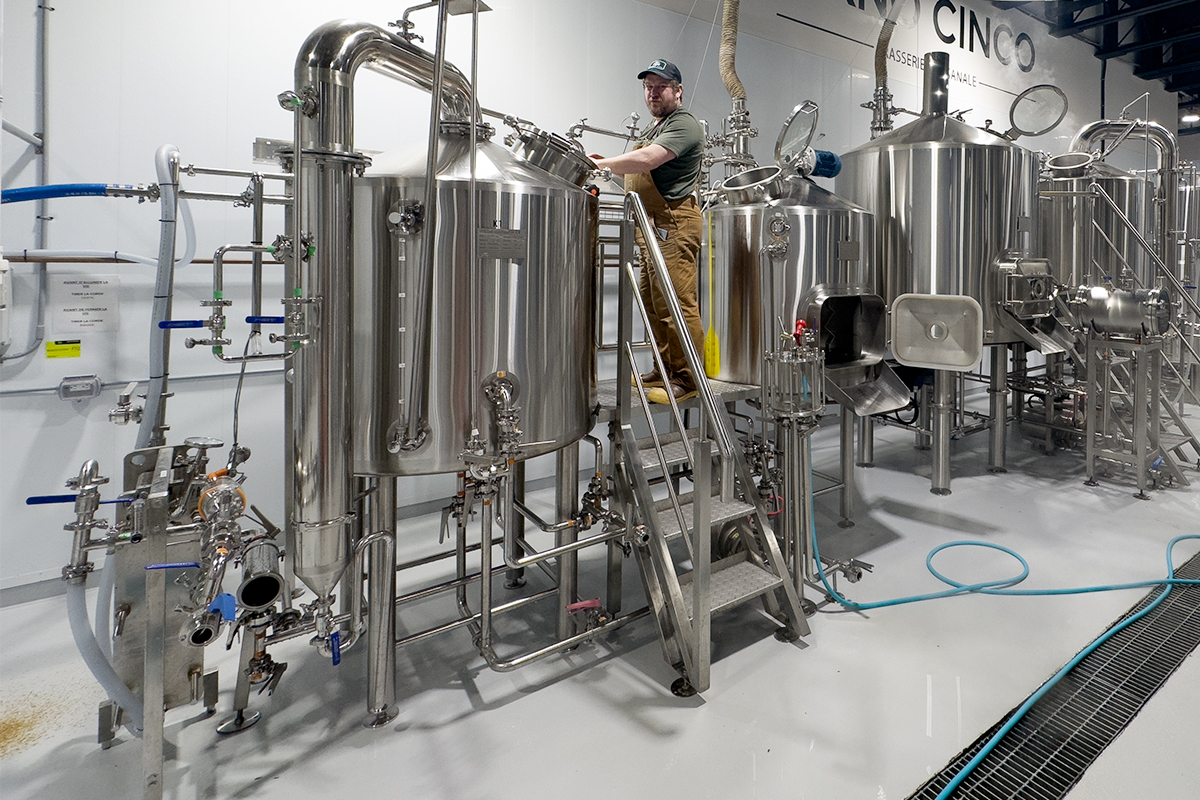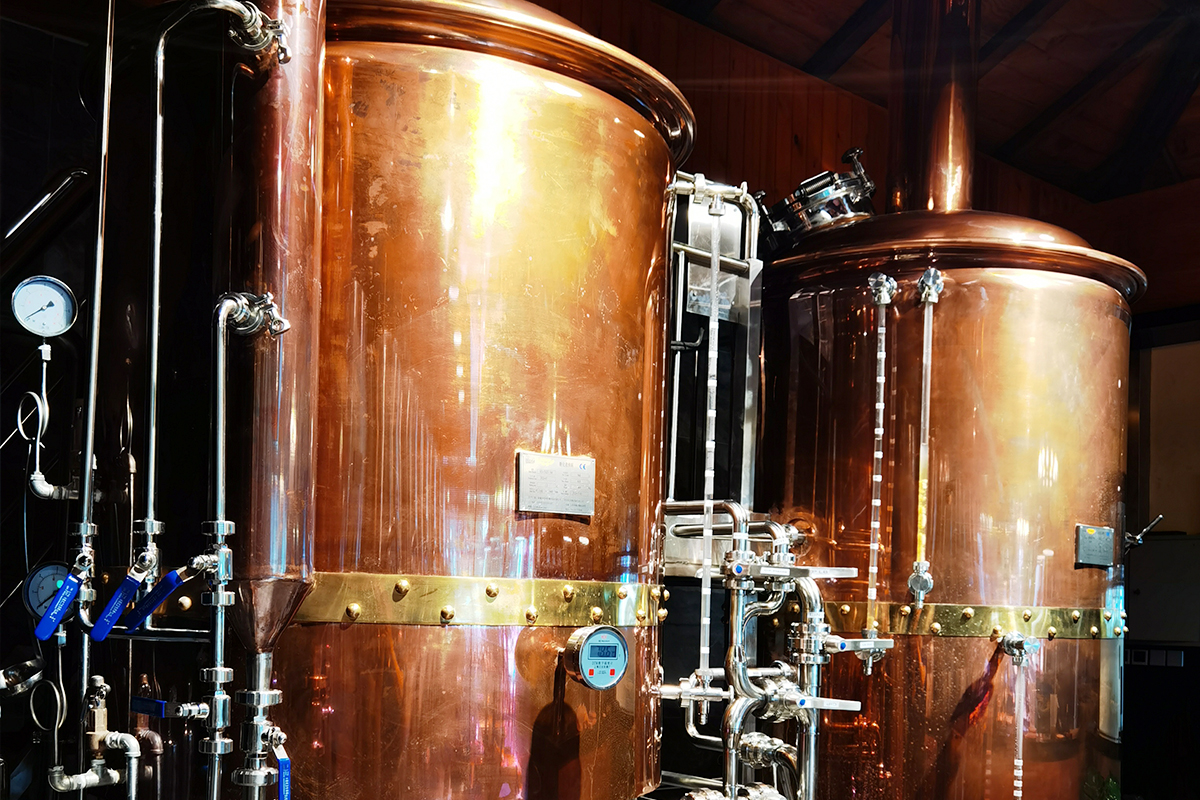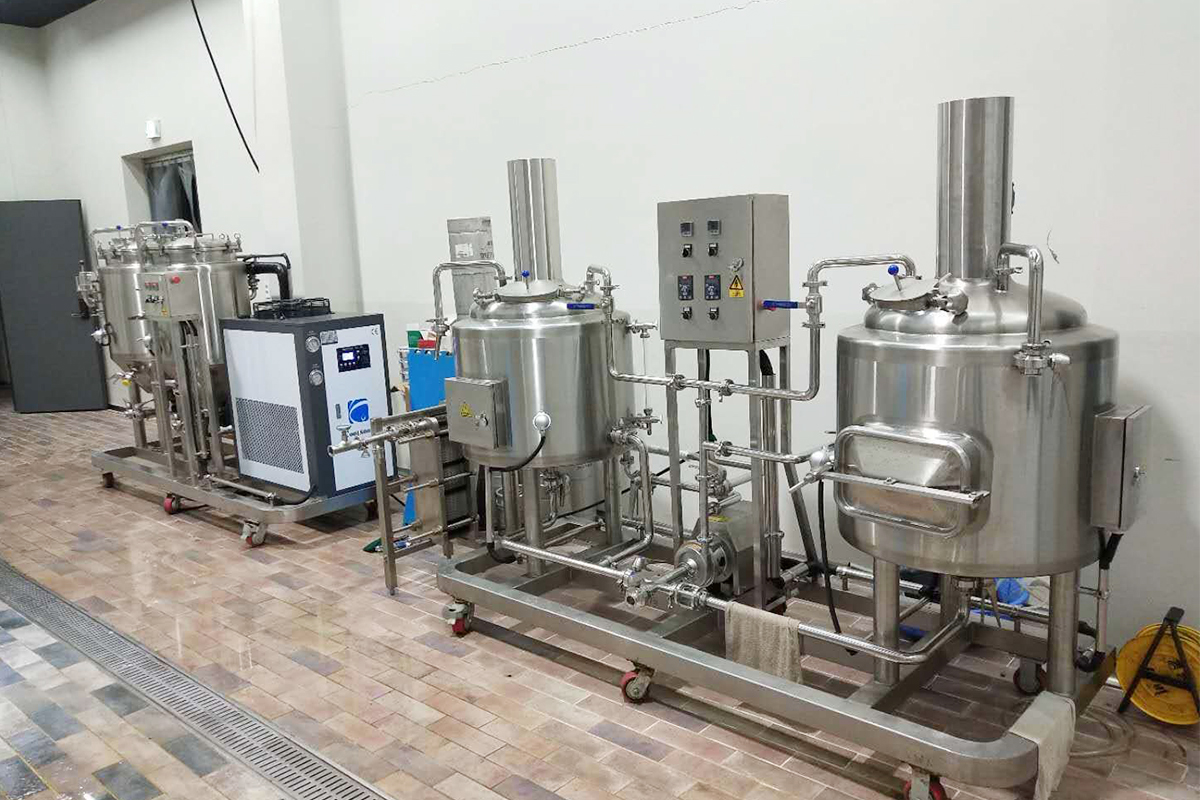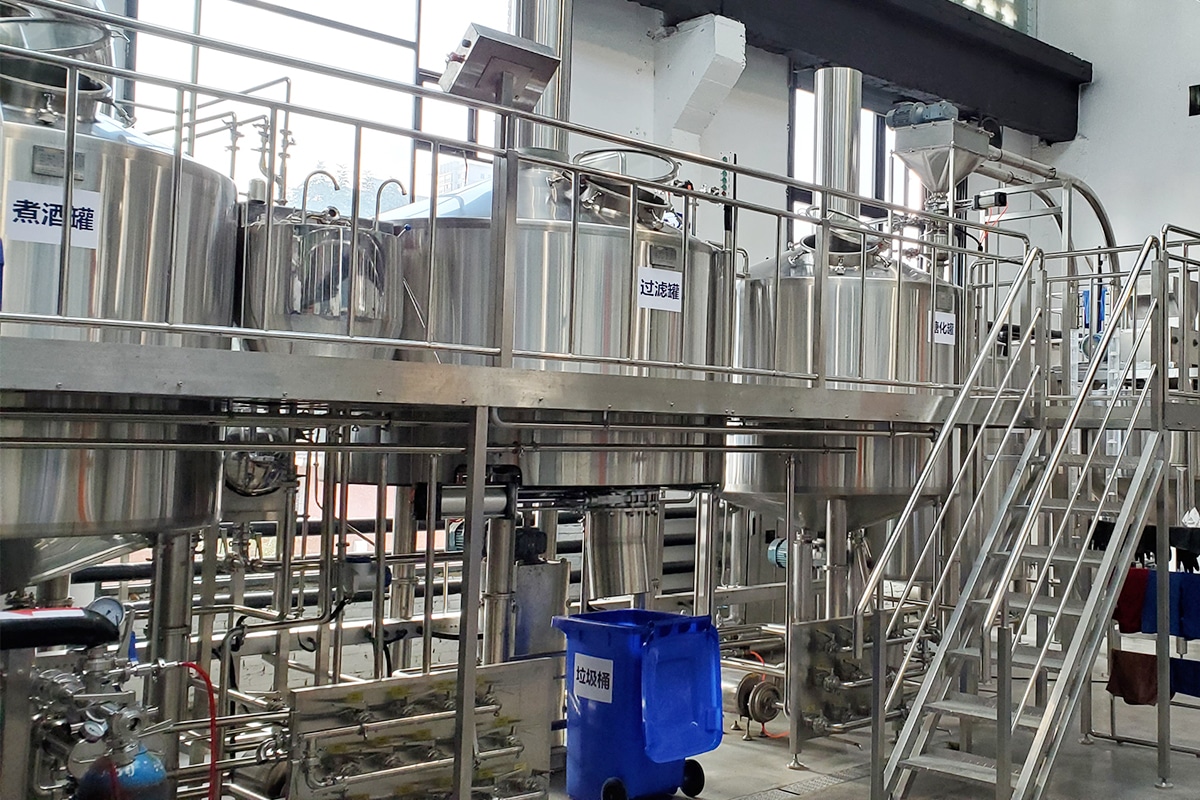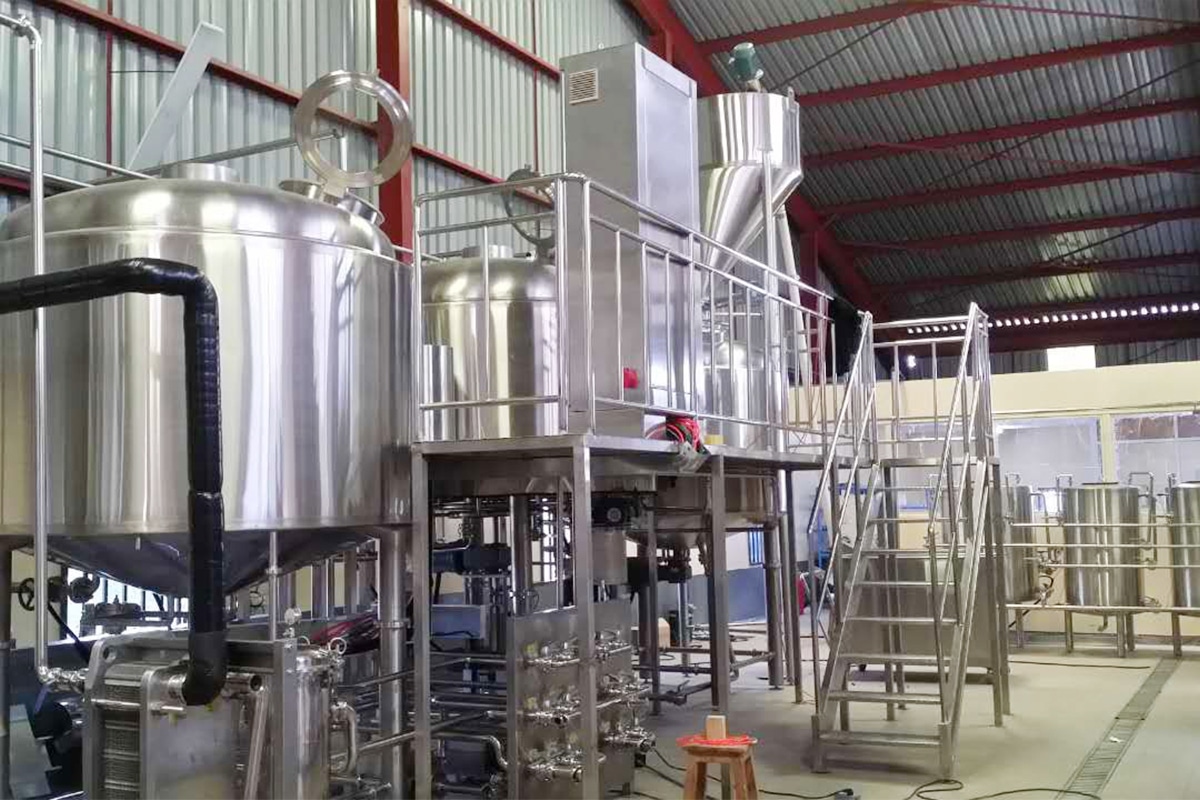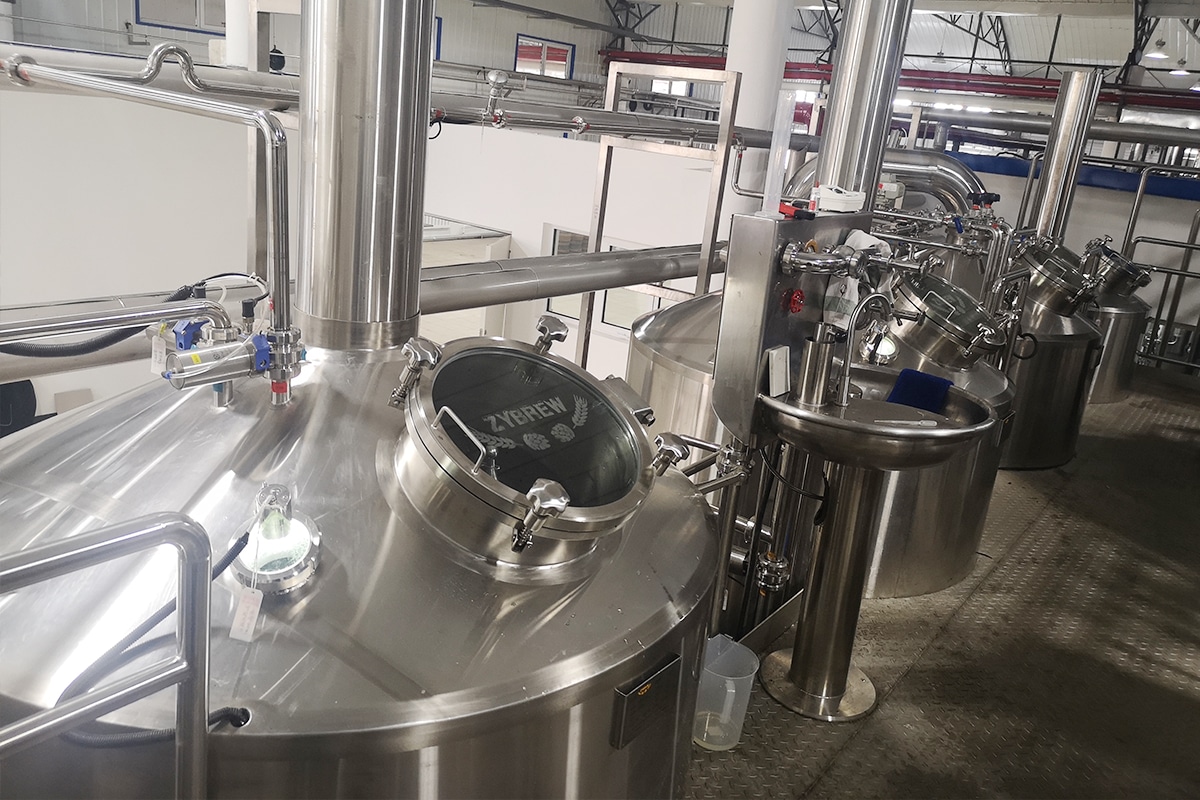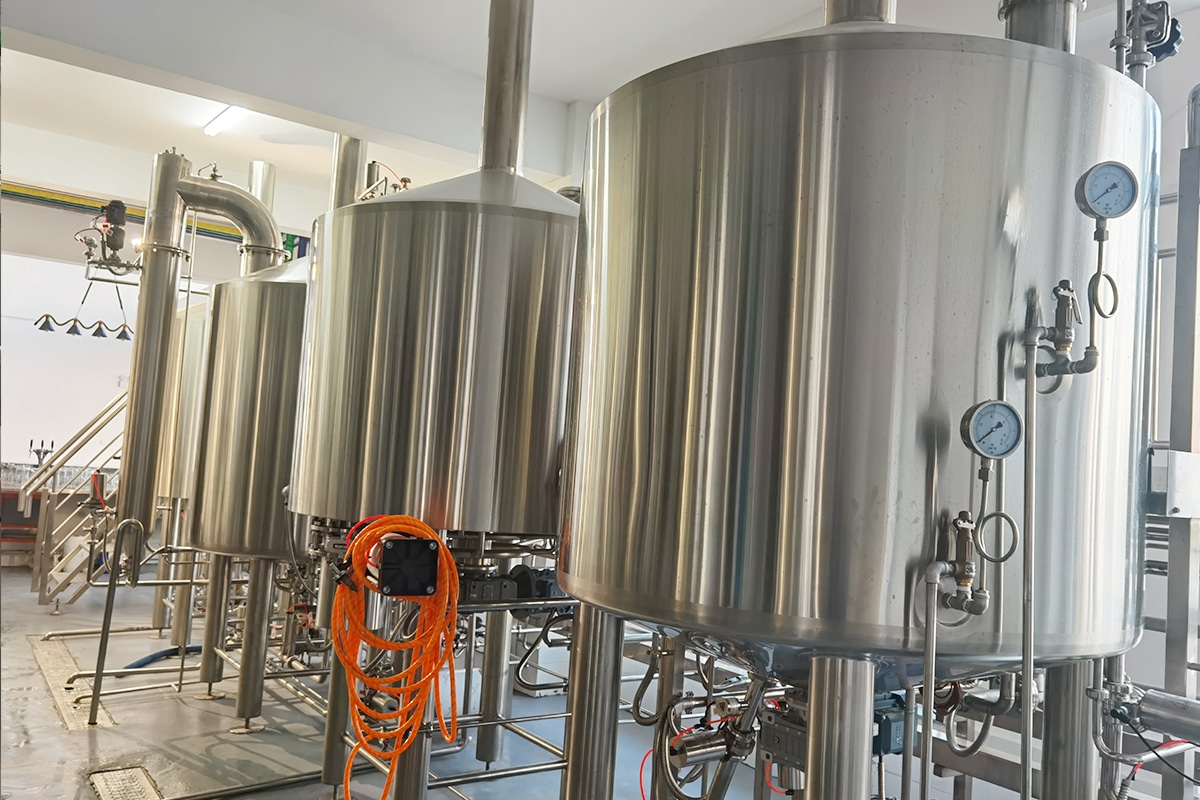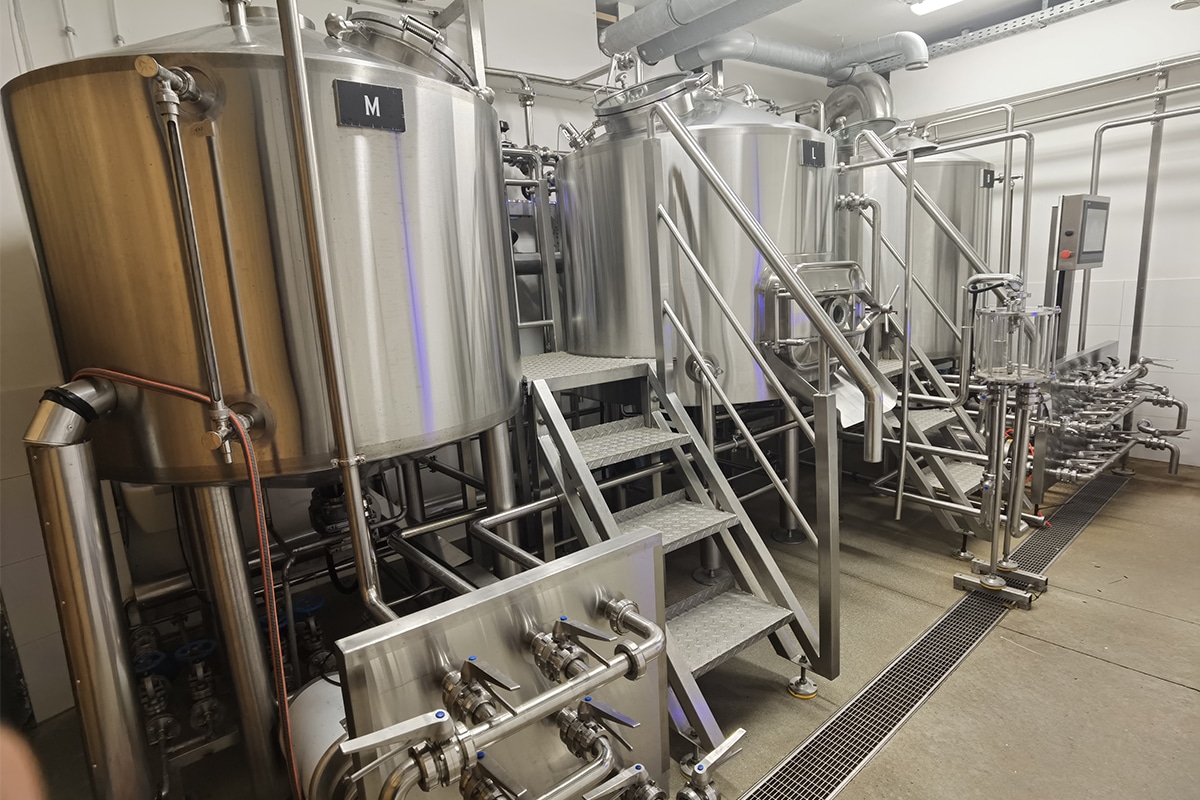Main Body Warranty
Auxiliary Warranty
Equipment Type
Brewery Equipment Products
Advantages of Brewery Equipment

Customization
The brewery equipment is custom-designed to meet the specific needs and preferences of each customer. Whether you require a small-scale setup for a craft brewery or a large-scale system for commercial production, we tailor our equipment to your exact specifications.

Quality Craftsmanship
With a focus on precision engineering and top-quality materials, the brewery equipment is built to last. Our attention to detail and commitment to excellence guarantee equipment that is durable, reliable, and built to withstand the rigors of commercial brewing.

Enhanced Performance
The brewery equipment is engineered for optimal performance, From precise temperature control to efficient brewing processes, the equipment helps you achieve the highest standards of quality and flavor in your beer.

Exceptional Support
ZYB Craft is committed to providing exceptional customer service and support. From initial consultation to installation and ongoing maintenance, our team is here to assist you every step of the way, ensuring a seamless brewing experience.

Scalability
Whether you're a small-scale craft brewer or a large commercial operation, the brewery equipment can be tailored to accommodate your production needs. With options for scalability and expansion, you can grow your brewery with confidence.

Versatility
From brewing systems to fermentation tanks and beyond, a diverse range of brewery equipment offers versatility to accommodate various brewing processes and styles. Whether you're brewing ales, lagers, or specialty beers, the equipment delivers the flexibility you need.
Why Choose ZYB Craft
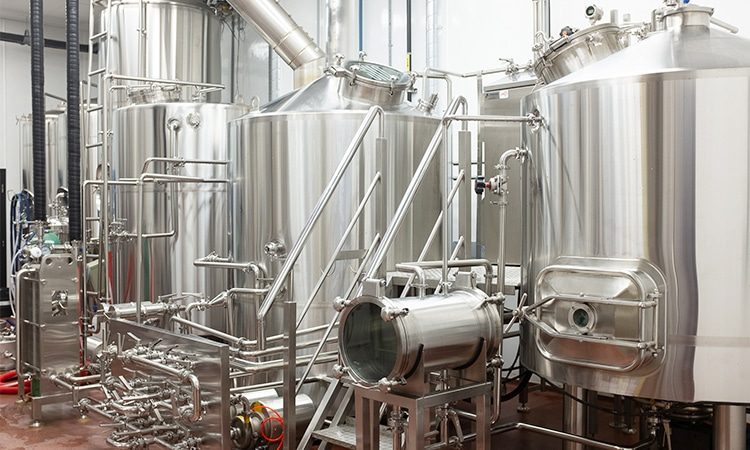
Unparalleled Quality
Comprehensive Solution
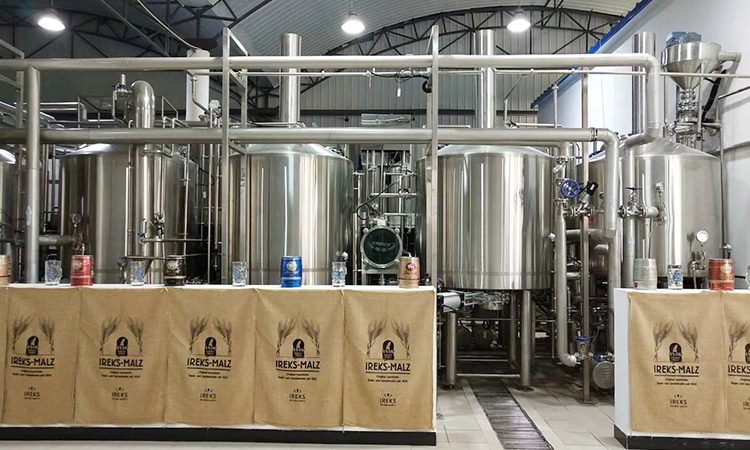
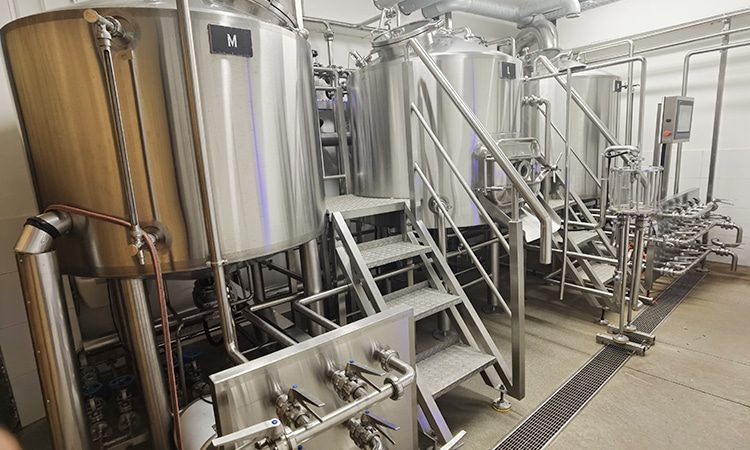
Expertise and Support
Innovation and Progress
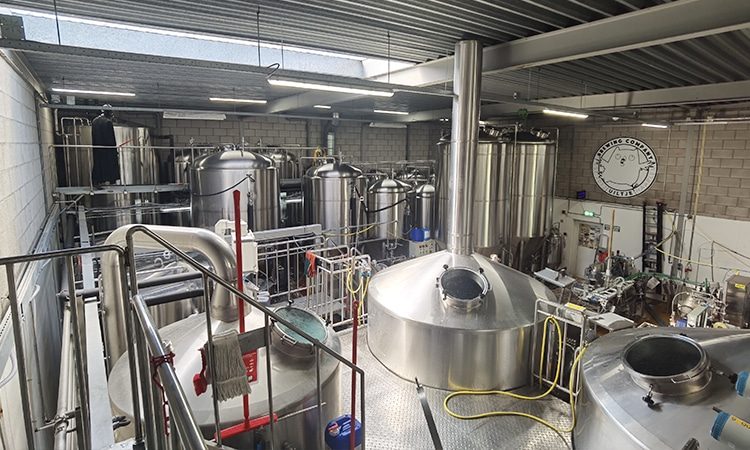
Get Brewery Equipment Solutions
Frequently Asked Questions
What Is Brewery Equipment?
What Is The Price Of Brewery Equipment?
What Material Is The Brewery Equipment Made Of?
- Stainless Steel: This is the most commonly used material in brewery equipment because it is durable, corrosion-resistant, and easy to clean.
- Copper: Copper was used in the past to make brewery equipment due to its good thermal conductivity. However, copper is not commonly used today due to its relatively high cost and its reaction with acidic solutions.
- Aluminum: This lightweight metal is sometimes used in brewery equipment due to its affordability, but it’s not as durable as stainless steel and is more prone to corrosion.
- Plastics: Certain types of plastics, such as polyethylene and polypropylene, are used in some brewery applications due to their low cost and chemical resistance. But they are not as strong as metal, so more frequent replacements may be required.
- Glass: Glass is also used in some specialty brewery containers, such as fermenters for sour beer, but is less common due to its fragility and high cost compared to other materials.
What Does Brewery Equipment Use For Cleaning?
- Caustic Soda: An alkaline solution used to dissolve organic residues from the brewing process.
- Acid Mix: An acidic solution used to dissolve mineral deposits produced during the brewing process and to sanitize equipment.
- Chlorine-based disinfectant: used to kill bacteria and other microorganisms on the surface of brewery equipment.
- Peracetic Acid (PAA): A disinfectant that is effective against a wide range of microorganisms and does not leave any harmful substances behind.
How Long Can Brewery Equipment Last?
How Much Space Is Needed For Brewery Equipment?
- Size And Number Of Brewing Containers: Larger containers require more space to accommodate, as do multiple containers.
- Storage Space: Additional storage space for storing raw materials, finished products, and other supplies is also required in a brewery.
- Available Ceiling Height: Some taller brewing equipment, such as fermenters or bright tanks, may require a certain minimum headroom height.
- Auxiliary Facilities: Additional space may be required to accommodate auxiliary facilities, such as packaging lines or laboratory areas.
